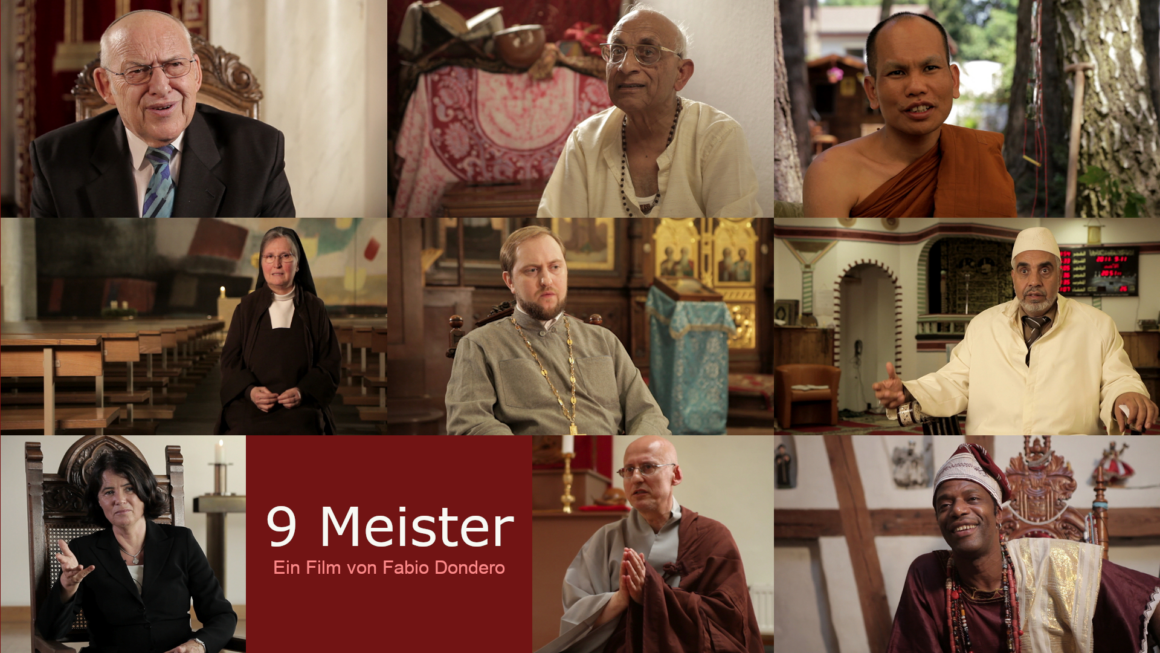For centuries Berlin was shaped by Christianity and Judaism – with a clear predominance of the Evangelical Church. Until the seizure of power by the National Socialists in 1933, around three million Protestants, a minority of 400,000 Catholics and 160,000 Jews lived in Berlin. Atheists and other religious members were a tiny minority. Eighty years later, after World War II, the Holocaust, the city division, the Cold War, the Wall, the Fall of the Wall and the German reunification, Berlin has become a predominantly secular city (only 40% of the inhabitants are members of a religious community), while at the same time being the place with the greatest religious diversity in Europe. More than 260 faith communities are active in the German capital today (some surveys state more than 360); almost all major world religions are represented on site.
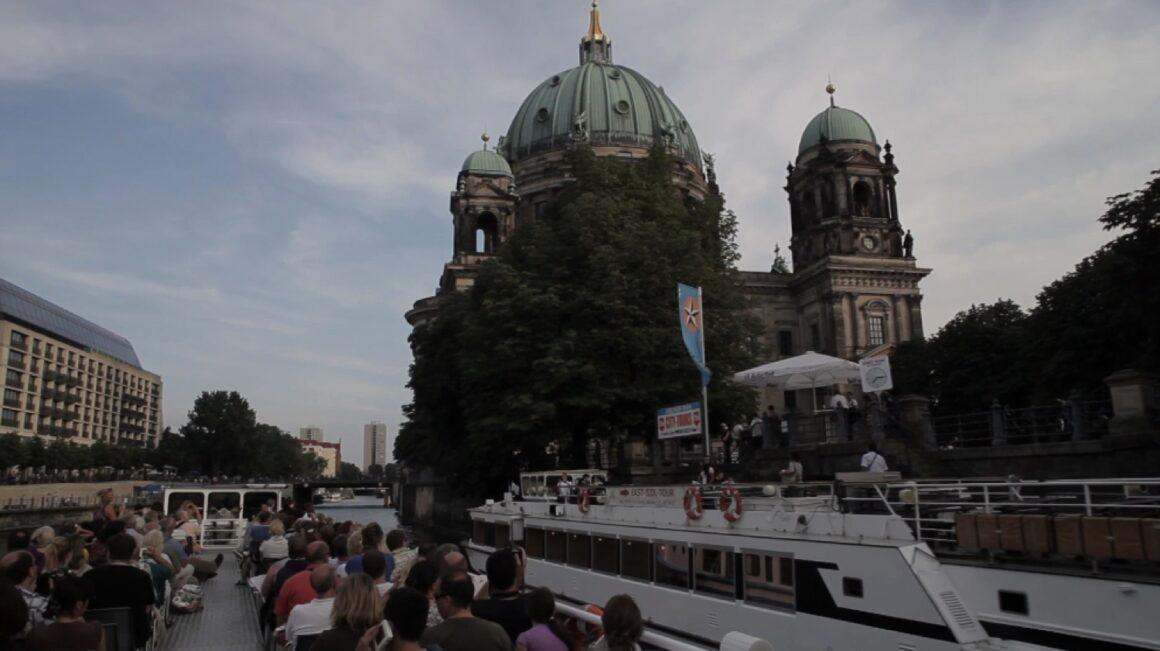
Due to the different developments during Germany’s devision, there are strong faith differences between East and West, especially for the Protestant church, which dominates since the Reformation in Berlin. Thus to this day in many districts in the western part more than 40 percent of German citizens are registered as Protestants or Catholics, in contrast to only under 10 percent of the ex GDR areas. Although in constant decline since the fifties, the Protestant Church with its 641,000 registered members the largest religious community in the city.
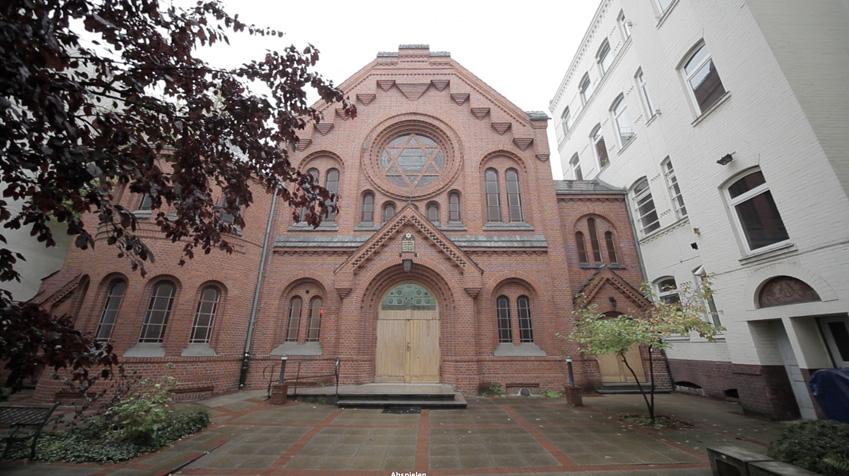
The Catholic Church has 327,000 members and is currently growing due to immigration from Catholic Poland, Rhineland and Croatia. 12,000 Berliners belong to the Jewish community – in constant growth too.
The exact number of Muslims, however, can only be estimated, as sStatistical data on religious affiliation in Germany are available only related to the Jewish, Protestant and Catholic church taxpayers: Islam membership is not recorded centrally. Muslims are, moreover, far from being a homogeneous group. The collective term includes various faiths (Sunnis, Shiites, Alevis and others). Generalizing the Statistical Office of Berlin counted 249,000 Muslims in 2013.
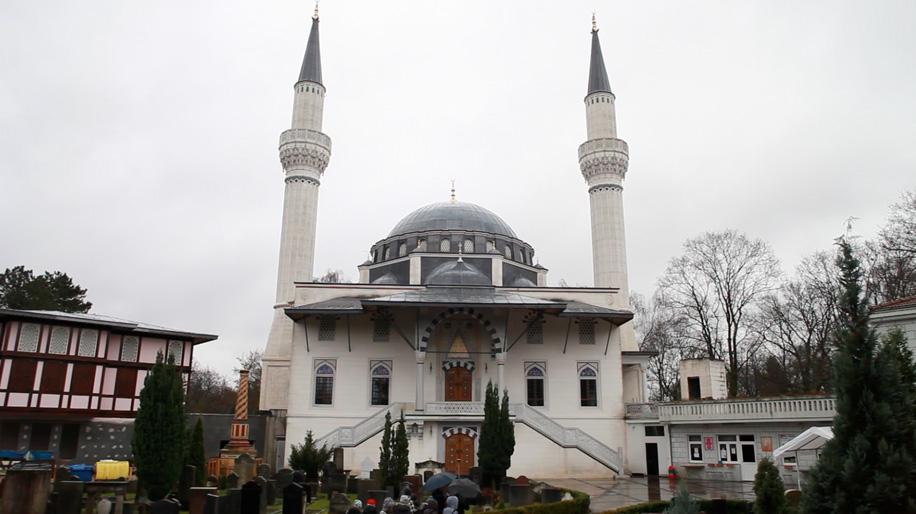
In addition, 15,000 parishioners of the Russian Orthodox Church are listed in the statistics, 7,000 humanists, numerous members of other faith communities, primarily of Christian character, but also Buddhists, Bahais, Sikhs, Hindus and other believers and practitioners from non-European cultures.
It is important to remember that information about faith and the membership of a religious community may have a very different meaning for each individual. For some a membership is essential, others are members of a religious community without even believing in a God or a spiritual force.
In 2011 the city counted 378 Protestant or Catholic churches, chapels and meeting rooms, 129 mosques and meeting places, 8 synagogues and prayer halls. Other religious communities met in a total of 391 rooms.
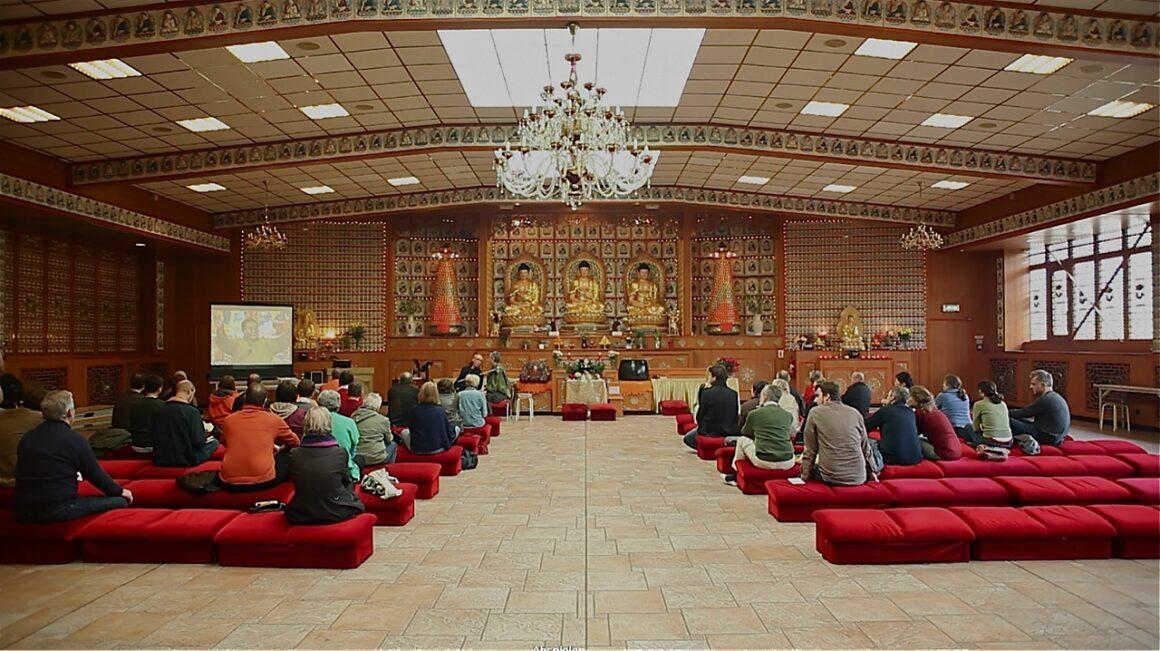
Links:
Stadt der Vielfalt – Das Entstehen des neuen Berlin durch Migration, Sanem Kleff, Eberhard Seidel, Der Beauftragte des Senats von Berlin für Migration und Integration, Berlin 2009
Das Statistische Jahrbuch Berlin Brandenburg 2013
Bundeszentrale für politische Bildung – Die Soziale Situation in Deutschland, Religionszugehörigkeit
Religion in Berlin – Ein Handbuch, Überblick über das religiöse Leben in Berlin, Nils Grübel & Stefan Rademacher (Hrsg.), Weißensee Verlag, Berlin 2003
Wikipedia – Religionen und Weltanschauungen in Berlin
